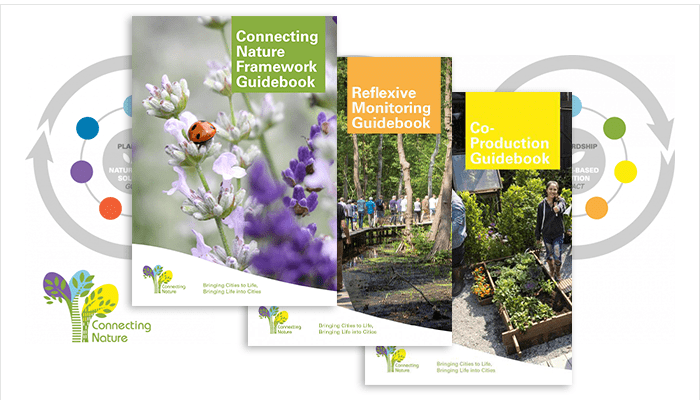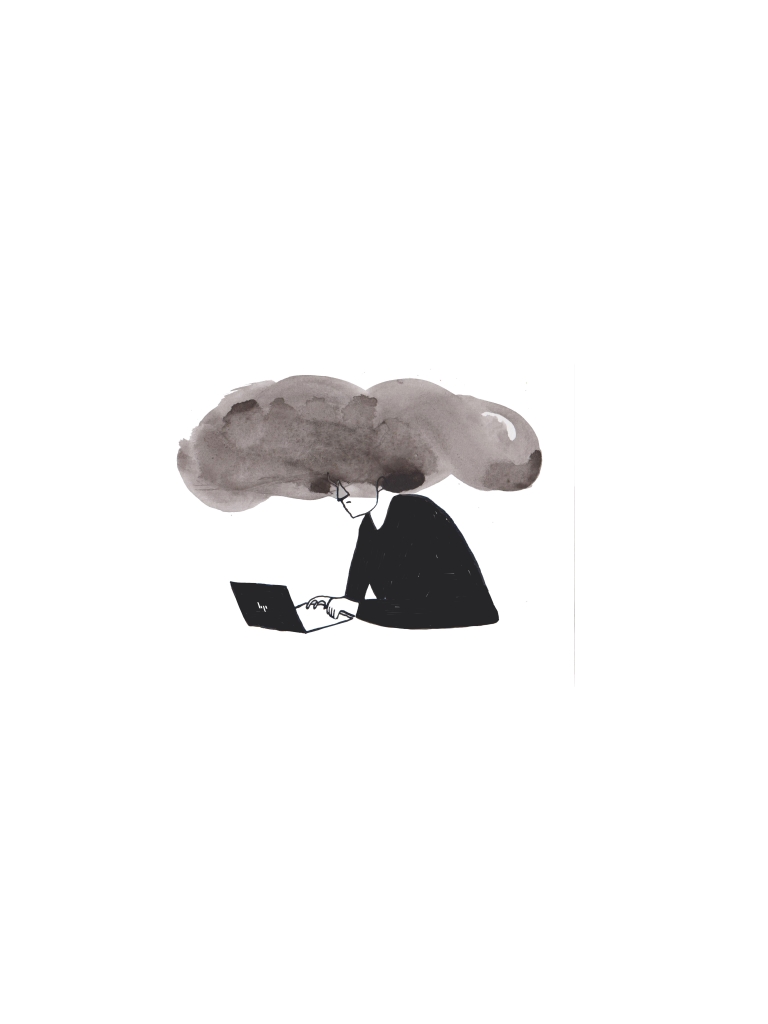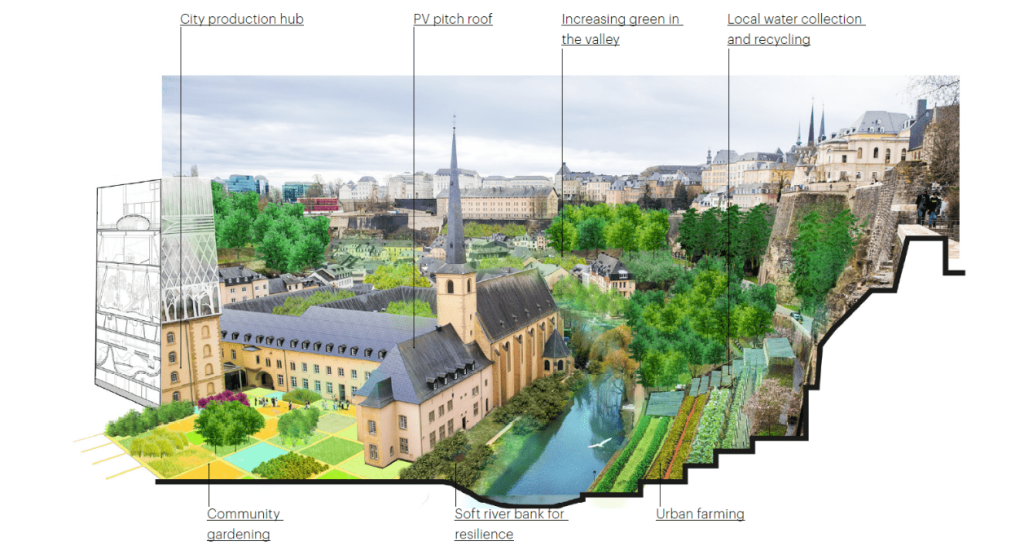New initiatives to address urban challenges can feel like a gamble. Will it work for all of city governance? What will the community think? Enter co-production, a new way to govern transformative solutions (like nature-based solutions), by including different types of knowledge and actors on an equal basis. This free, practical guidebook helps you to collaborate, discuss & design with unusual suspects, and together deliver on concrete outputs for your city.
An urban garden in a local preschool, by and for the community. Or a disused river valley that is redeveloped together with nearby neighborhoods & local businesses. These are nature-based solutions which help cities with the complex challenges they face today, like climate change, pollution, and (mental) health issues.
Nature-based solutions address complex urban problems which have no quick fix: it’s about finding integrated solutions for multiple complex challenges. Like so many other aspects of justice and sustainability transitions, these require an approach that benefits from a diverse set of actors working together, being open to new and different perspectives and always on the look-out for shared benefits for multiple (both societal and policy) goals.
Co-production is that approach. Among other things, it…
- boosts innovation – by exchanging ideas on needs and solutions in an open rather than predefined way.
- contributes to democratization of decision-making.
- spurs new relationships and partnerships between actors that otherwise would not work together.
- produces tangible outputs, such as: new visions; new ways of framing problems; and innovative solutions, like new business models.
“In Poznań, we have managed to modernize over 20 preschool playgrounds into nature-oriented playgrounds with the help of co-production”
Agnieszka Dziubala, City of PoznańAs part of the Connecting Nature project, we have created a guidebook that takes you through how to apply co-production to your context in four steps, using six guiding principles. It features visuals, ready-to-use tools, and concrete examples from city-makers across Europe. It’s written specifically to support urban planners and policymakers, in a style that we hope to be clear and inviting, rather than overly academic or intimidating. It should also prove interesting for others interested in urban co-production processes to do with nature-based solutions (like NGOs).




